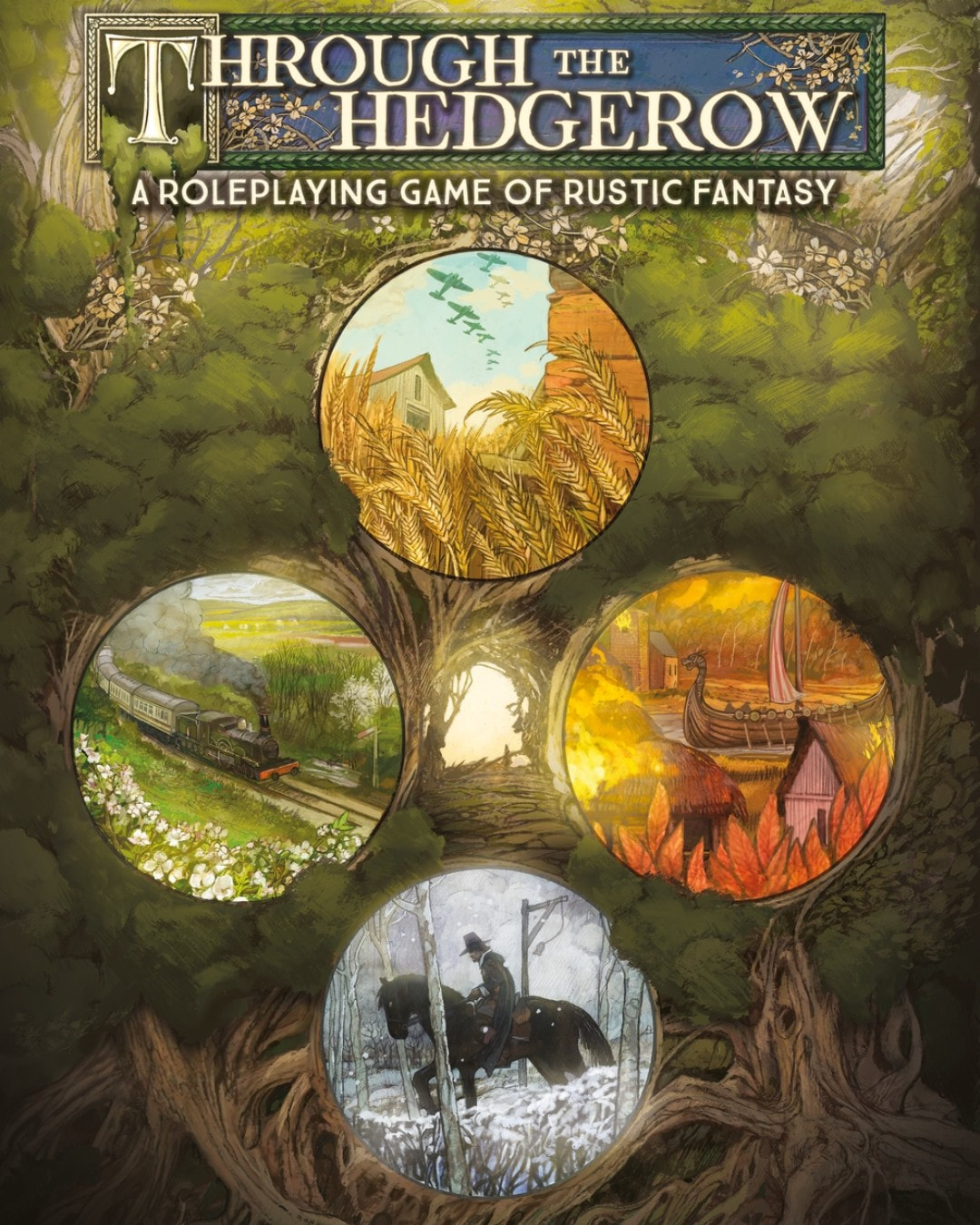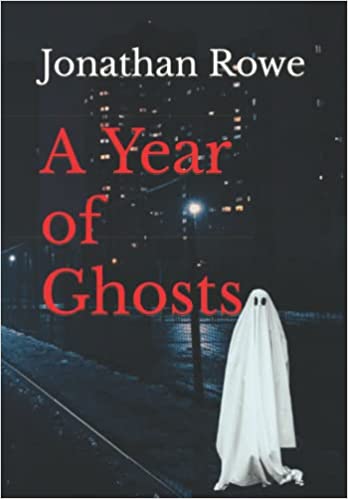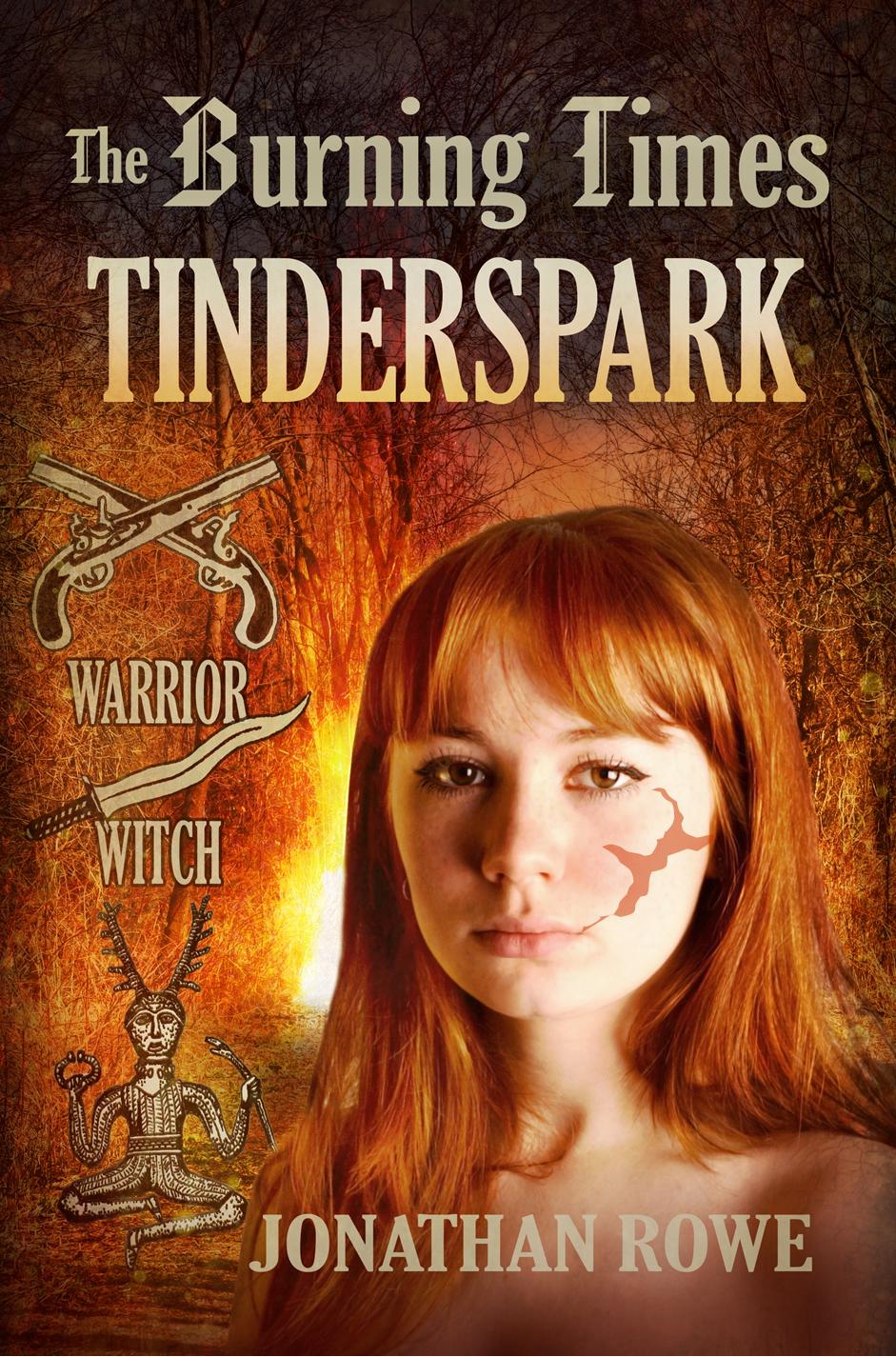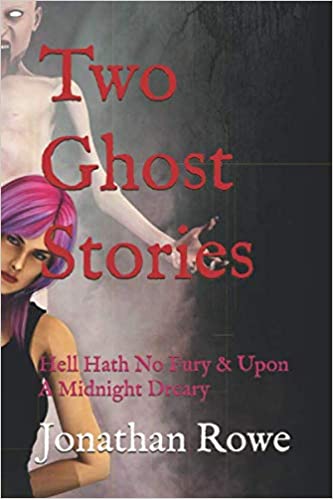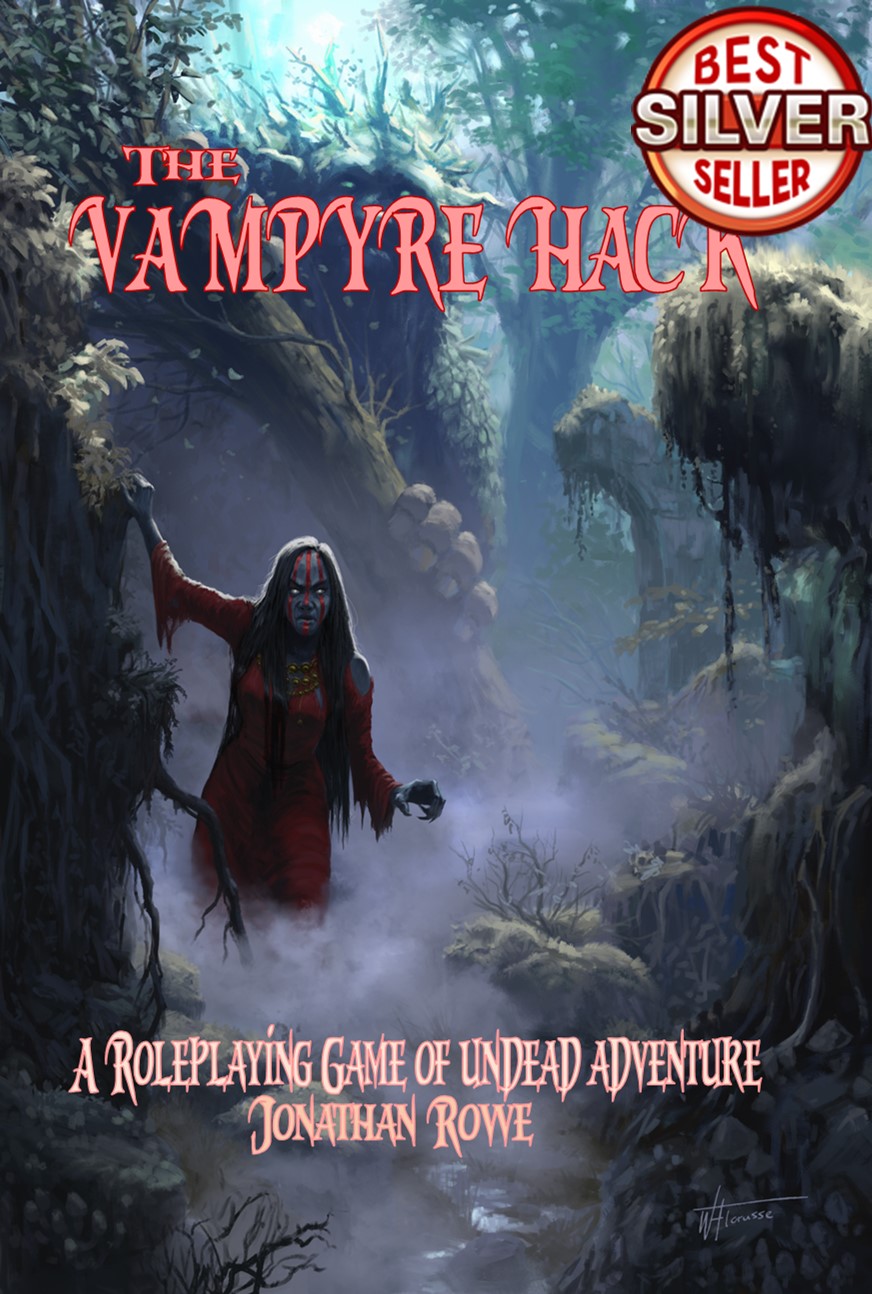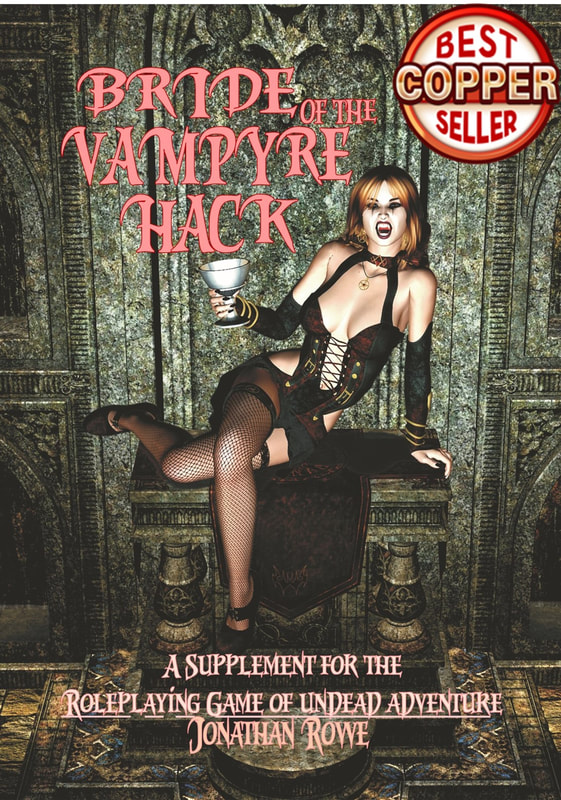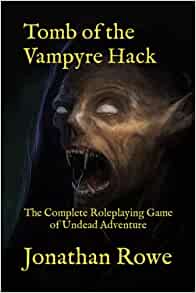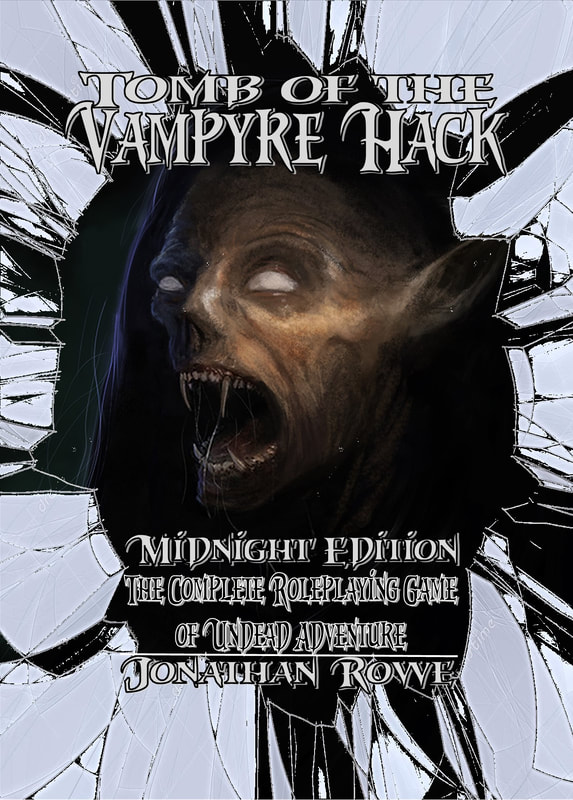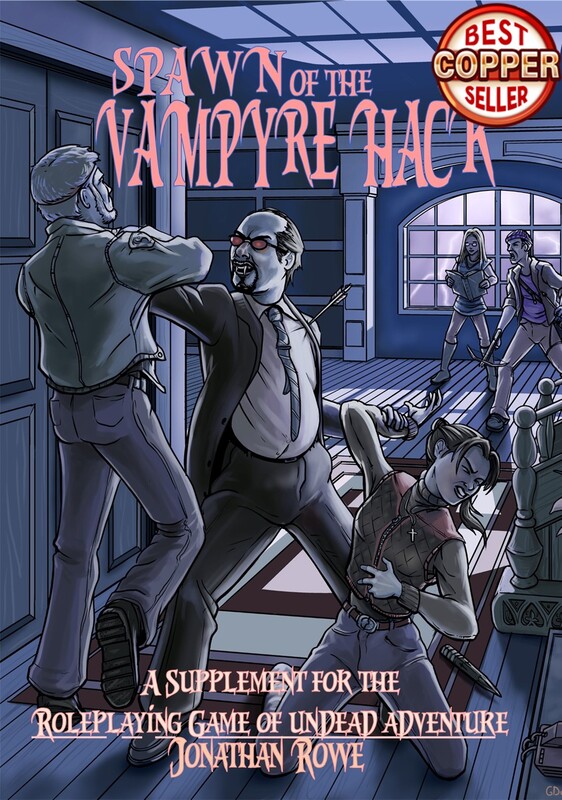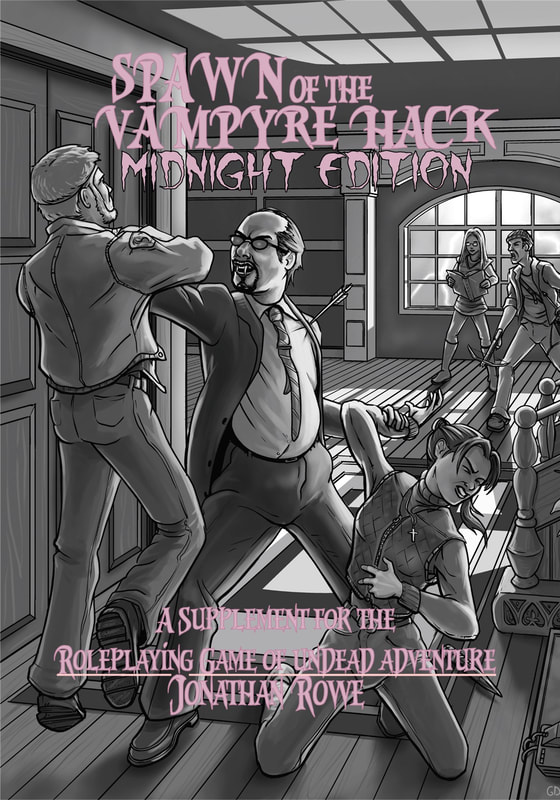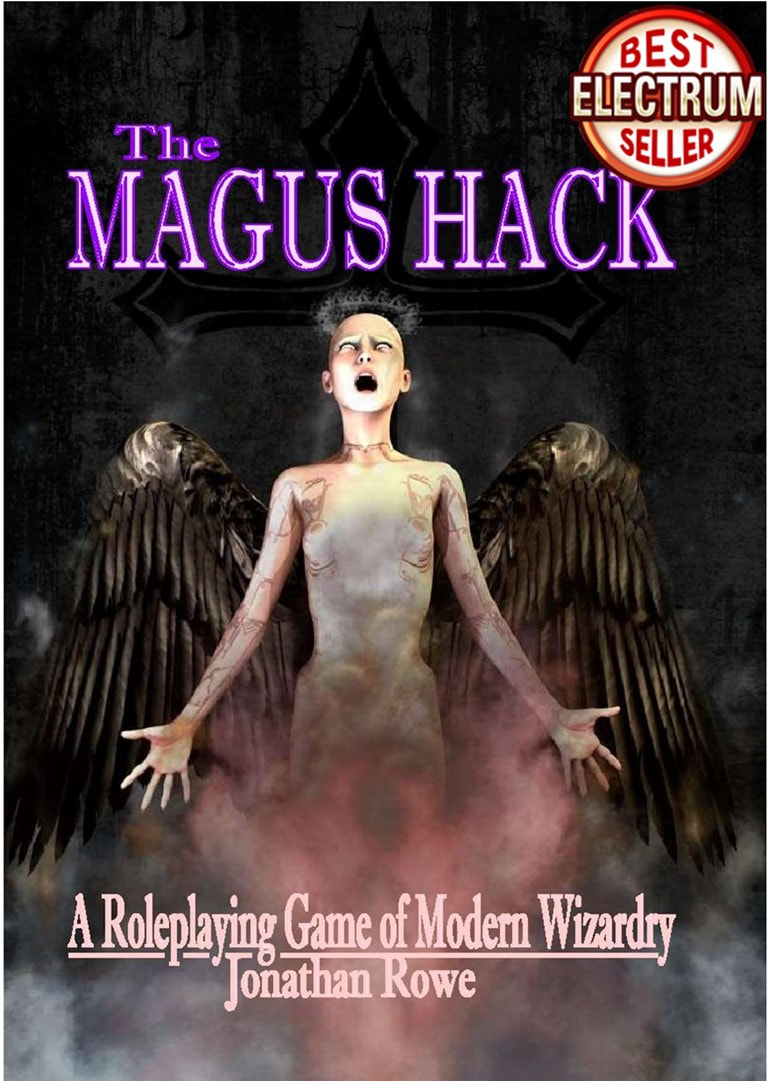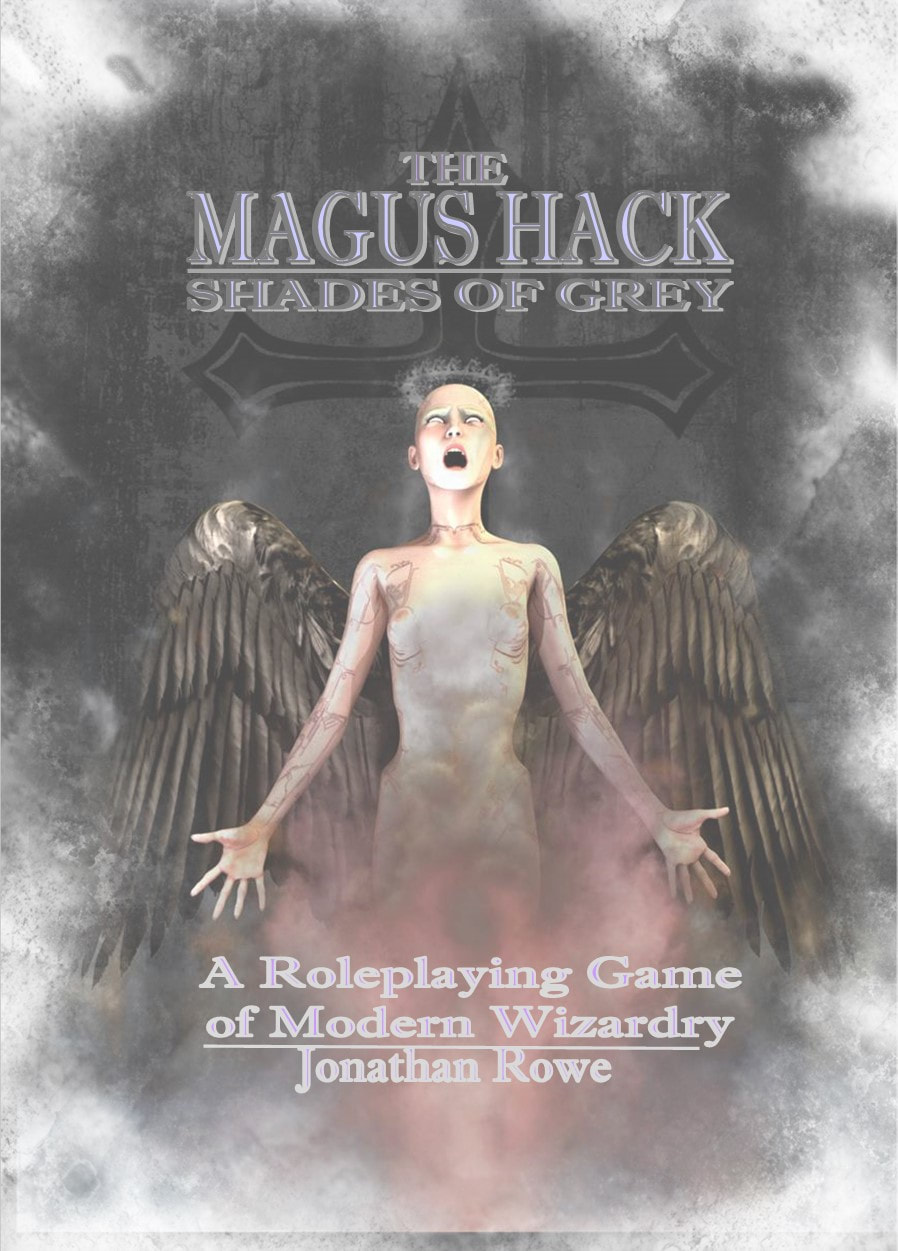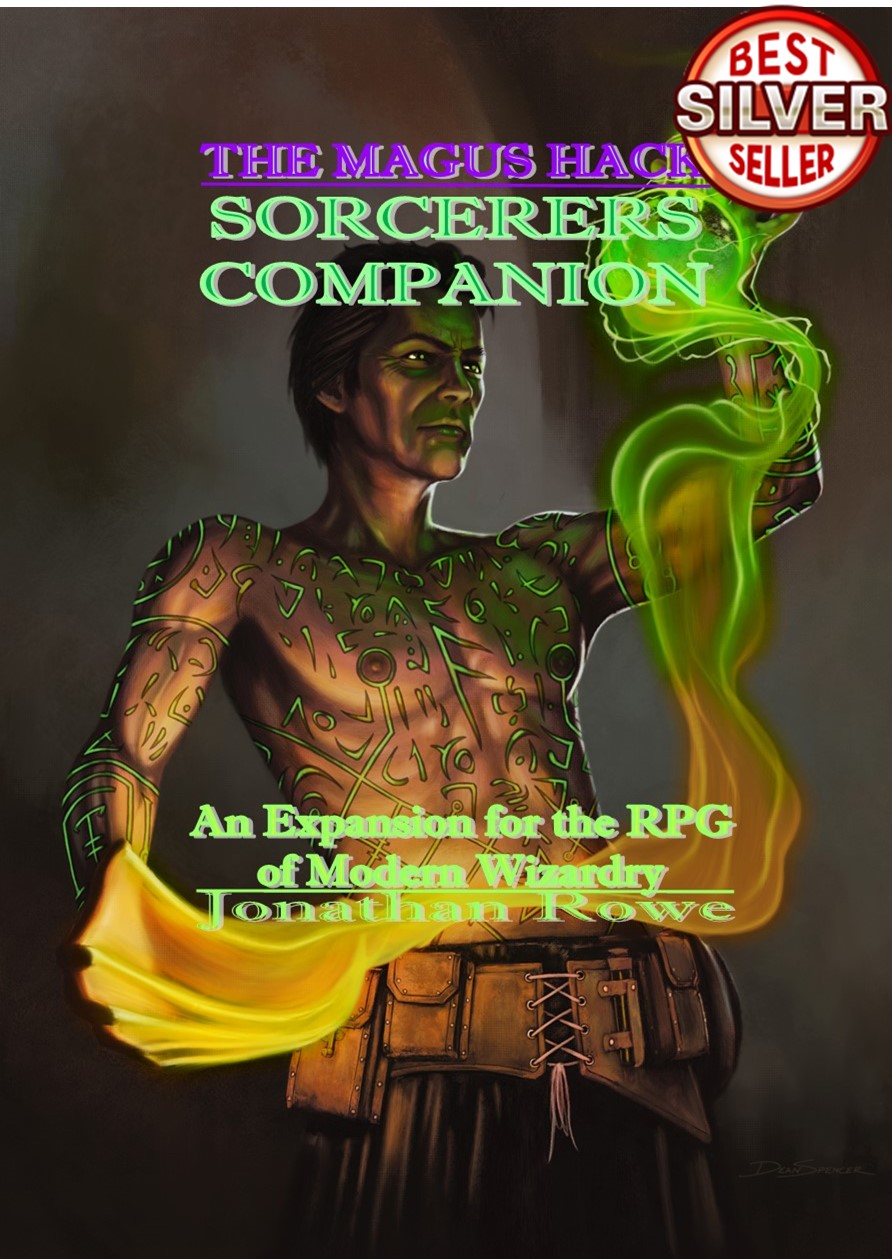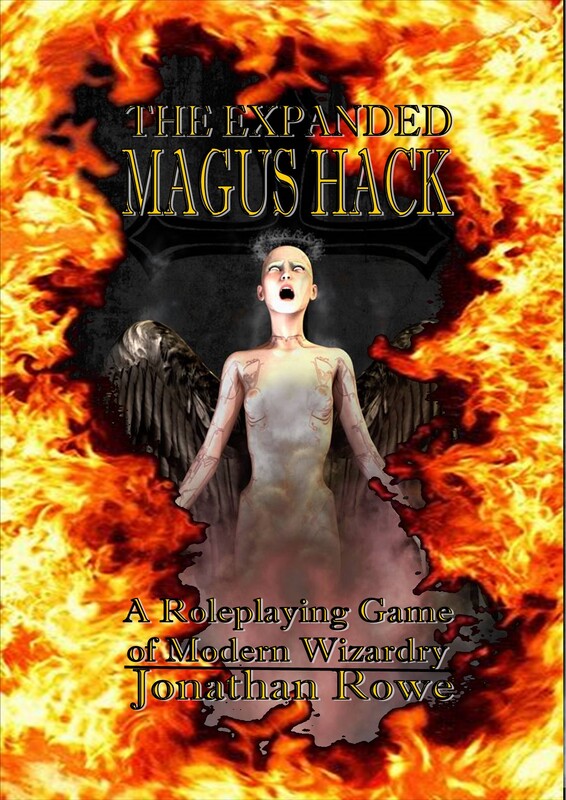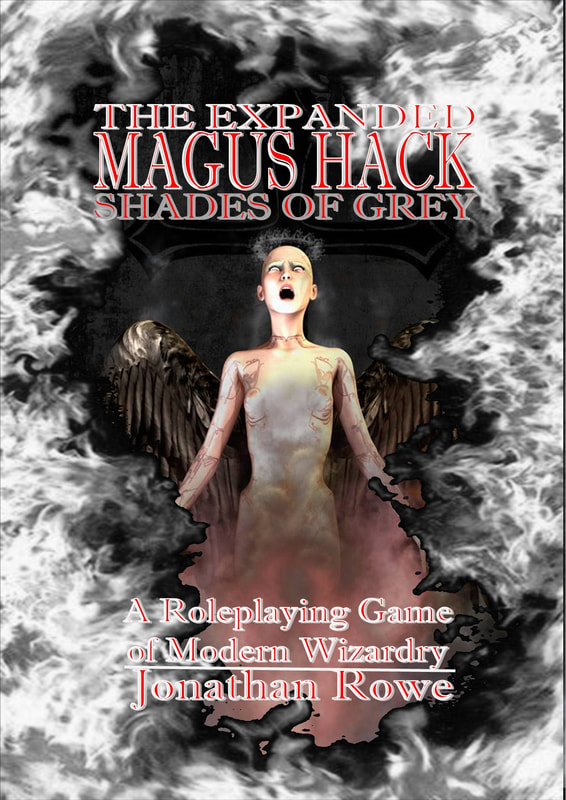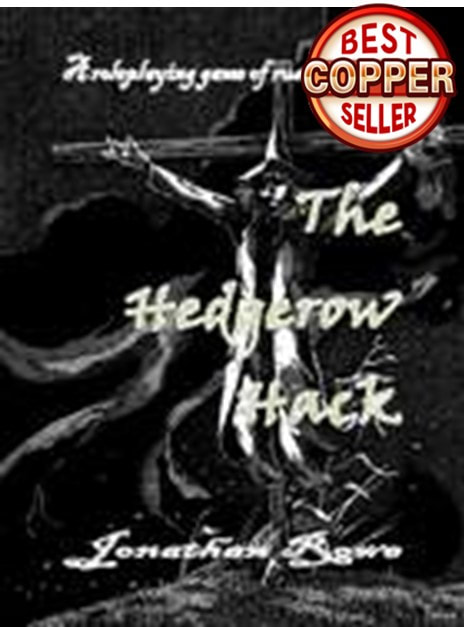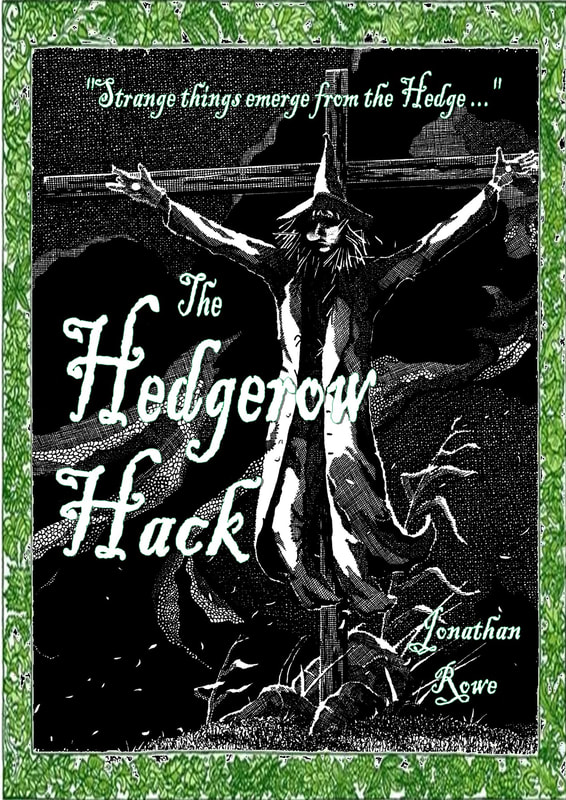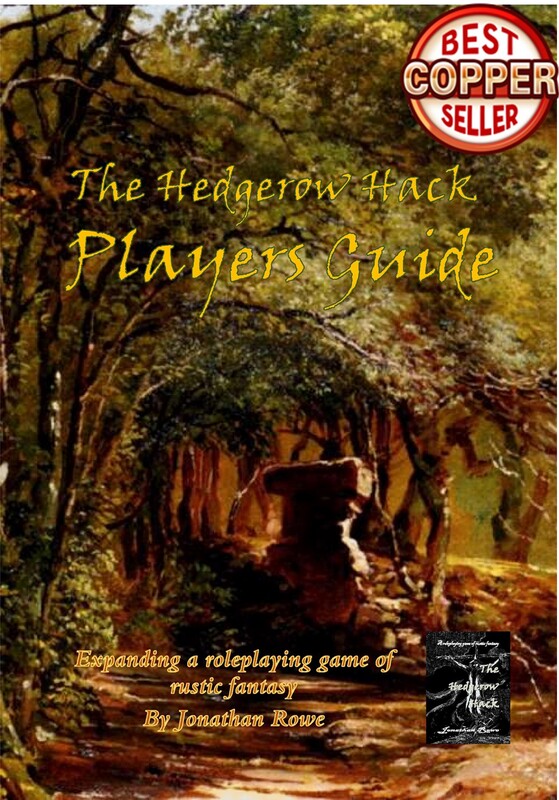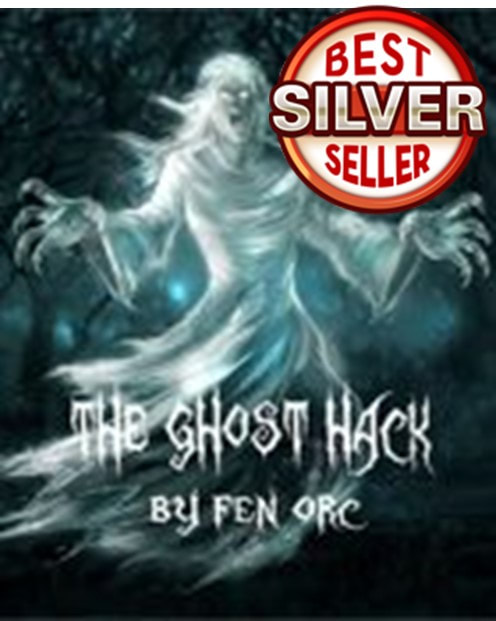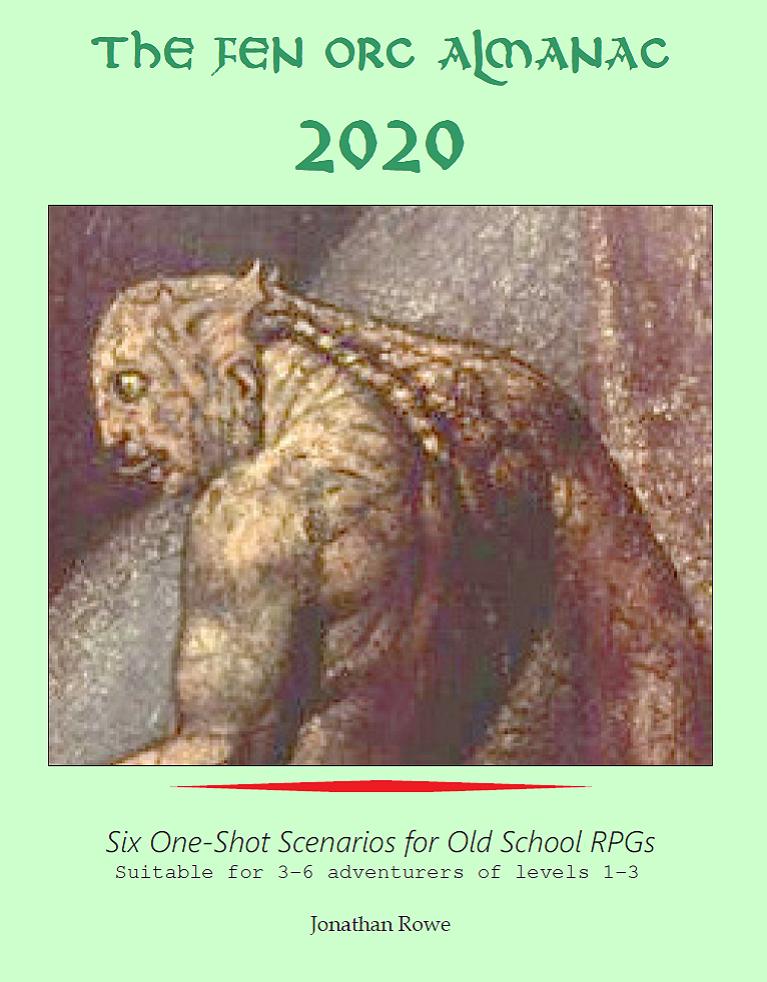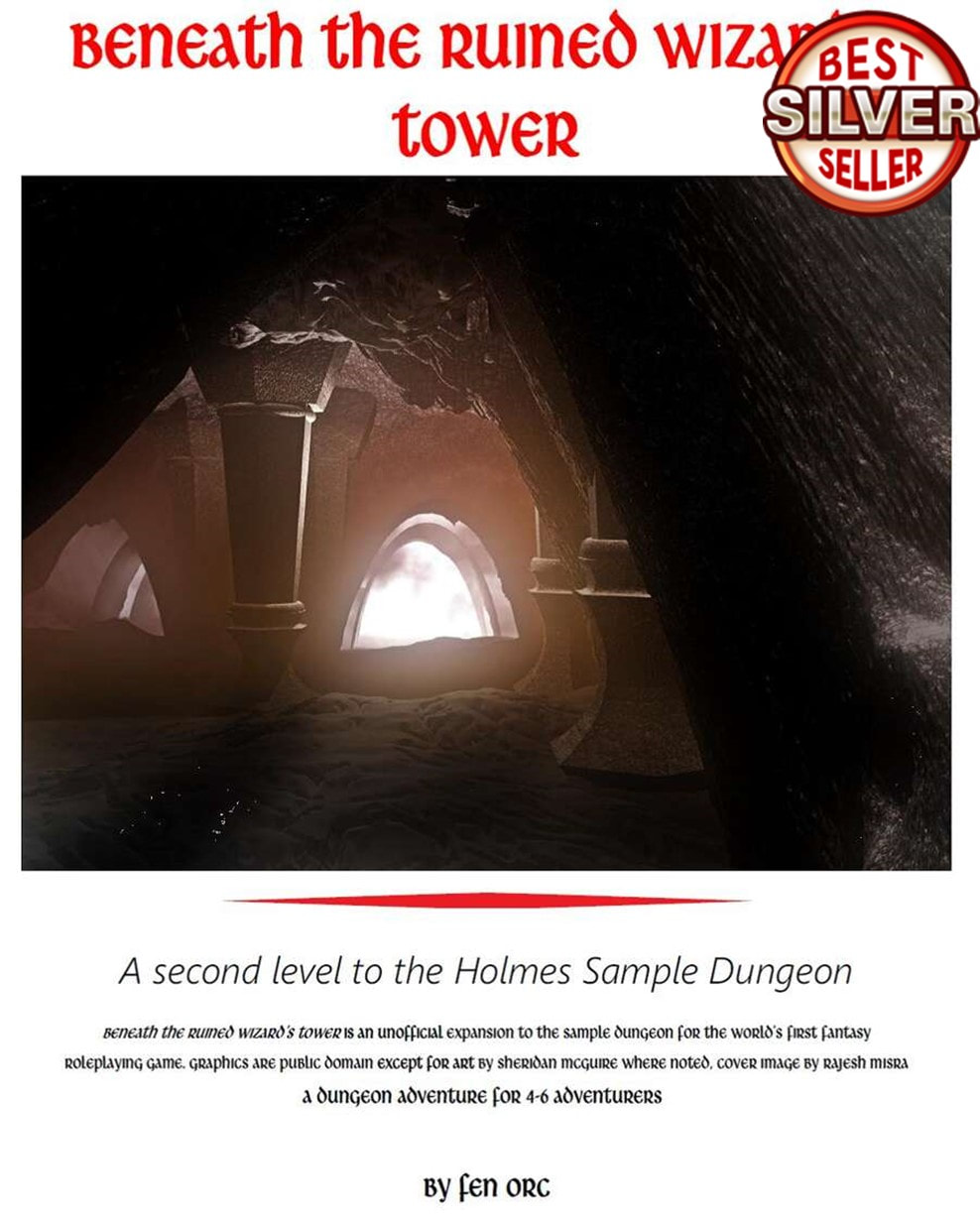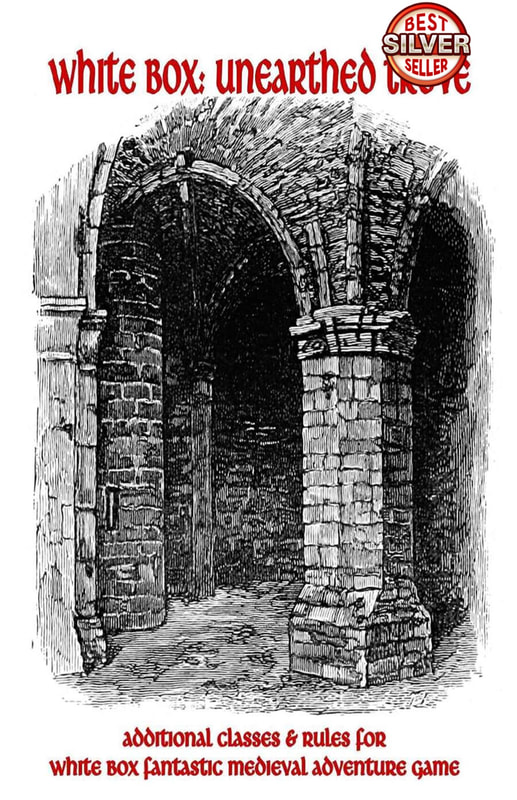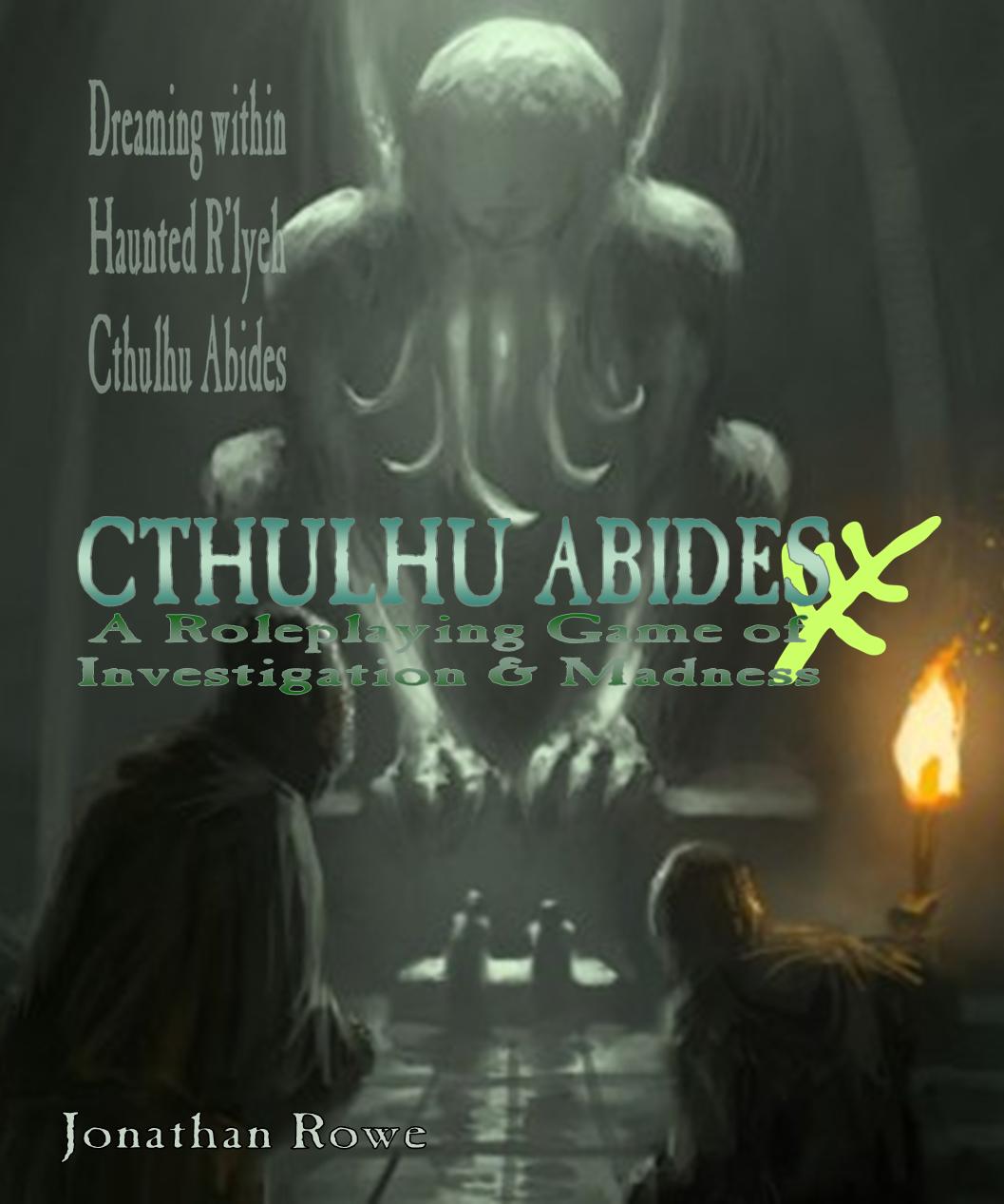I'm working on a Player Pack that sums up character generation and adds a bunch of extra tables and rules to flesh out your characters and motivate them. Now your animated scarecrow can be all that's left of a Fae knight who loved a maiden who died and her grave is underneath platform 3 at Liefbury Station and once in every Age she returns and waits for the train (or carriage or palfrey, depending on the century) to carry her away and you have to be there before she leaves to tell her you love her and... oh you get it. Lovely complex roleplaying stuff to distract you from shooting crows and battling Lord Isengrim Von Ulf with flintlock pistols over the midnight rooftops of 17th century Thornyford. Here's a taster of what's going to be in that booklet: An Age Called HomePCs in The Hedgerow Hack are mysterious strangers who arrive in an Age to solve a mystery or resolve a crisis. But where do they come from?
Each PC choose an Age that is the one in which they were born. For Ouzel, this must be the Age of Fable. For Wurzels it is the age in which their scarecrow body was built. Familiarity In their Home Age, Human PCs can test INT to know about any (non-supernatural) place or object and test CHA to know about any (mortal) person. If the test is successful, this knowledge can be related to the PC’s background. For example, in the Age of Swords, Guyon is curious about a group of knights. He tests CHA and the GM says he recognises one of the knights as Cuthbert of Combe, because Cuthbert fought alongside his uncle to fend off a Danish raid some years ago.
Fae PCs can test INT or CHA to know about supernatural places, objects or persons.
Ouzel and Wurzels do not know where Legendary Locations are: these must be discovered in play. NB. The GM has the right to declare any location or object to be ‘mysterious’ or person to be ‘strange’ or ‘unknown’ in which case no Stat test will reveal anything about them. Unfamiliarity Although Briar Knights always speak and understand the language of the Age they visit, they don’t always grasp its norms and manners. At the start of a story, PCs in an Age they are not native to roll 1d4, 1d6 or 1d8 depending on how far removed they are. That is the number of CHA tests with mortals they must make at Disadvantage until they settle in. For example, Guyon is native to the Age of Swords so if he adventures in the Age of Steel he will be at Disadvantage for 1d6 CHA tests because that is ‘two Ages away’ from his Home Age.
Player Characters as ChildrenThe Hedgerow Hack takes inspiration from some classic children’s literature of the 1960s and ‘70s – like Alan Garner’s The Weirdstone of Brisingamen or Susan Cooper’s The Dark Is Rising (and latterly, Philip Pullman's His Dark Materials) – or TV shows like Catweazel and Children of the Stones. If you want to capture this atmosphere, then Heathen Clerks and Tinkers can be children. If you feature children as PCs, then consider these rules changes:
The advantage of child-PCs in your campaign is that their family life becomes part of the drama. It is important to know what Age the family live in, because children need to slip away from their family to go on adventures with their weird friends.
Families can be placed in danger, especially if a Doom Die exhausts while a child-PC is with her family. The Feral Squires are not above threatening to harm a PC’s family, if only to coerce Briar Knights into not interfering with their schemes. Families will have their duplicates in other ages, albeit without the PC in them and perhaps living in different circumstances. This can make for interesting roleplaying, if a child-PC wants to save or redeem their similar-family in a different Age. For example, Guyon’s family in the Age of Swords are contented farmers, but in the Age of Steel the family is being forced into the workhouse after being evicted from their land by Isengrim Von Ulf. Childhood’s end: All children (but one) grow up. Childhood could end when a PC reaches 10th level or 6th. GMs should decide in advance how long childhood lasts and whether the PC continues to adventure as a now-adult hero or if they forget about their childhood and settle down to a mortal life of love, labour and a family of their own, watched over by the comrades they no longer recognise.
4 Comments
You know how it is. Work is piling up. You've got a million things to do. But you've been struck by this idea that just tickles you so much that you have to sit down and write a RPG about it. Yes, I know. First World Problems. But here's the Hedgerow Hack RPG. Eerie 'crucified scarecrow' cover art by Fraser Sandercombe (2014, by permission) You see, it all started last week with an innocent game of D&D - or, actually, BlueHack RPG, as discussed in last weekend's blog. It was enjoyable high fantasy fare, but one player - Karl McMichael - went a bit moodier and darker with his character concept. He decided his generic 1st level Cleric would be a mute child worshipper of the god of scarecrows who wore a sack over his head and communicated through a ragged sock puppet. Then he draw this flavour art. Bilge by Karl Michael (2021) Now, if that doesn't make you want to design a brand new RPG, just so that this character can live and breathe and take part in macabre folk-horror stories - well, I don't know what will. OK, yes, right - that will do it too, I suppose. Umm. OK. That's another. That one, maybe not so much. Anyway... I started off just creating Black Hack style character classes for druidic tramps, living scarecrows and talking animals. But the world of the Hedgerow really took me by the throat. The first shift was the idea that the characters be time travelling mystical hobos, sort of Sapphire & Steel meets Wurzel Gummidge. Once you've had that idea, you need your own setting and mythology. So welcome to the Old Shires, a pristine patch of the English countryside caught somewhere between The Railway Children and Matthew Hopkins: Witchfinder General, with a dollop of Catweazel and Aqualung and Fairport Convention and, oh yes, some of Prince Valiant and The Vikings too please. And John Boorman's Excalibur and the 1980s Robin of Sherwood too while I'm at it. And throw in some classic children's fantasy literature, why not ! We need a map of the Old Shires, or my favourite part of it, the part that looks like Herefordshire: Then we need our cast of PCs - the Briar Company of Sky & Furrow. You can choose from Heathen Clerks who are your basic Clerics, but who follow the Heathen Saints, with names like King Wren, Elder Mandrake, Lady Hagthorne and Lord Brock. They can switch to a different saint each story or be exclusive to one. Ouzel are bird-headed Fae who are illusionists and spell-casters. Wurzels are animated scarecrows and mighty warriors. Tinkers are ragged beggars with hidden powers; depending on the season they follow they might be thieves, assassins, prophets or rangers. Gypceans are, well, gypsies really: they know about the Briar Company, they're loremasters and, if another Companion gifts them some magical power, they can craft wondrous items. The Briar Knights can pass through the mystical Hedge between worlds, moving from the Age of Swords (9th century, Danes invading), the Age of Plagues (17th century, witch trials), Age of Steel (19th century, railways are here) and Age of Ashes (our time) as well as the Age of Fables (your classic high fantasy). So, it's like Time Bandits isn't it? Why didn't I think to tell you it's like Time Bandits? Should have won Best Film for 1982. Oscar went to Chariots of Fire and who re-watches THAT any more? Heroes need villains. The Briar Company are up against the usual monsters - undead, daemons, goblyns (with a Y) - but also the Feral Squires who have invaded the Old Shires. There's Isengrim Von Ulf and his sister Hirsent Dame Wolf; there's the ridiculous Martin le Ape and Tibault Prince of Cats. Then there's Reynard the Fox who sometimes thwarts the PCs and sometimes assists them. They're served by the Wer-kynde who are changelings that grow into were-creatures. You can play the Feral Squires for laughs but there's nothing funny about the Raven Margrave, who is a force of Darkness, with crows for spies, undead for servants and the Murdering Ministers as his lieutenants. Finally there's the Witch-Harrow, a mortal organisation that hunts down supernatural creatures. Most of the agents are just Gossips and Snoops, but the Hexen Hammers are ferocious warriors and Inquisitors know spells to strip the Briar Knights of their powers. The novel mechanic here is the Doom Die that ticks down when you attract the attention of one of these factions, finally forcing a confrontation with their agents while you're just, you know, trying to persuade a Fae Lord to return Jenny o'the Fell's baby to her or help Gareth Gamble-Green escape the constables. I've added in a mechanic to replace gold pieces as the main reward. PCs must track down fragments of Lore and the Legendary Locations that match them, so it's also a game of exploring a mythic landscape. I'm uncommonly pleased with this. I still delight in Susan Cooper's marvellous Dark Is Rising fantasy sequence, in which an order of time-traveling Old Ones move between the modern world, the Dark Ages and the faerie-themed Otherworld, assembling legendary treasures and finding eerie significance in folk celebrations. There was a 2007 movie, but it was rubbish, despite Ian McShane being in it. I think those books will haunt my life and they're a big influence on this game. The editions I grew up with. Over Sea, Under Stone (1965) is a bit 'Famous Five Go To Cornwall and find the Holy Grail' but the fantasy really kicks in with 1973's The Dark is Rising. The sequel Greenwitch taught childhood-me the meaning of awe when Will and Merry confront the sea goddess and The Grey King is just haunting and beautiful and strange - so good, in fact, that it rather overshadows the series' 1977 climax, Silver On The Tree. After a bit of playtesting, The Hedgerow Hack is be available as pay-what-you-want on drivethrurpg - but if anyone wants to offer criticism, beta testing or just to chat about it, send me an email.
Yes, it's Bob Dylan's best song ("Discuss...."), but it also describes my new fascination with Michael Thomas' Blue Hack RPG, after my lovely experience using it last weekend. Click the image to see the page on drivethrurpg What I now itch to do is expand the roster of character classes for Blue Hack, like I did for White Box in blogs passim. I want to take some of the so-called 'sub-classes' D&D players have loved over the decades and interpret them through the lens of Eric J. Holmes' 1977 Basic D&D Set, then refract it through the Blue Hack's own quirky sensibility. For example, what about the Barbarian and the Bard? The reason I focus on these two is that they specialise in Stats that Blue Hack neglects: CON and CHA. Currently, these Stats are prerequisites for demi-humans (Dwarves and Halflings need CON 9+) but none of the classes get the opportunity to increase CON and CHA when they gain HD. Personally, I would house rule that all Blue Hack PCs can choose to roll to increase CHA when they gain a HD, instead of rolling to increase one of their class-specific Stats. Rising fame (or notoriety) ought to result in growing charisma. Blue vs BlackBefore creating new Blue Hack classes, we need to look at the distinctively Holmesian direction Michael Thomas has taken the game from its 'parent' publication, the Black Hack. Fighters The Black Hack calls them Warriors. They have d10 Hit Dice, but Blue Hack increases their damage output from d8/d6 to d10/d8. This is perhaps because Blue Hack is a more dangerous game: 1-2 HD monsters deal 1d8 damage in Blue Hack compared to a d4 or d6 in Black Hack. (The two games become more similar as monsters get tougher) Another difference is Armour. In Black Hack you might have up to 12 points of Armour (from Plate and a Large Shield) but once it's been used to protect you, it's gone until you rest. In Blue Hack you have less Armour (5 points from Plate and Shield) but it applies every turn. The same goes for monster armour: a 4 HD Ogre in Blue Hack is absorbing 3 points of damage every time you hit it, so it makes sense to boost PC damage output. I presume Michael made this change to make his Blue Hack less fiddly - you don't have to keep track of Armour Points, you just apply them every turn - and perhaps to stretch fights out a little longer, in the style of Holmesian slug-fests of yore. Black Hack Warriors heal when not in combat. This sort of regeneration fits Black's chugging momentum, but doesn't fit with Holmes' gritty take on D&D. Black Hack Warriors also get attacks equal to their HD, but Blue Hack changes this to one attack per 2 HD; the effect is to make Blue Hack less super-heroic, since Fighters don't get 2 attacks per round until they have 3HD or 3 attacks until they have 5HD, by which time Black Hack Warriors are attacking 5 times a round. Blue Hack adds in Parrying for Fighters and Shrug Off Damage is a boost to their Armour points - again, equal to half their HD, so it doesn't start to benefit them until they have 2 HD. Shield Sundering becomes something anyone can do in the Blue Hack - although, thinking about it, Clerics are the only other characters who carry shields. Clerics Clerics are similar in both games, although Blue Hack Clerics have superior damage output (1d8/1d6). Blue Hack never mentions that Clerics must add the monster's HD to their roll to turn undead - but I take this to be subsumed under general rules for Powerful/Weaker Opponents. Interestingly, Blue Hack does allow you to gain a bonus when testing your Stats against monsters with fewer HD than you. Black Hack seems to assume that, since you improve your Stats as you gain HD, that's enough of a reward in itself, but Blue Hack is more keen to make experienced PCs dominate lesser NPCs and monsters. Blue Hack removes the Clerical bonus for resisting poison/paralyzation, but it does offer access to all the Clerical spells, rather than just 1d4 of them. Michael adds some Clerical spells like Resist Cold/Fire and Control Snakes but removes Speak With Animals. This is maintaining continuity with Holmes' 1977 spell lists. Magicians Black Hack calls them Conjurors. Blue Hack raises their HD to beefy d6s and their damage output to d6/d4 instead of d4/1. Blue Hack retains Black's magic resistance (roll with Advantage when testing INT against magical damage or effects). It makes the unusual choice of offering Magicians access to all the spells of the appropriate level and lets the Magician 'carry' 3 x HD spells in their heads. This makes Blue Hack Magicians rather more competent than old Homesian magic-users. They can create scrolls too - and quite cheaply. There are definitely implications for treasure placement here, since Hack characters don't need gold pieces for XP, but Magicians will spend everything they can find on creating an arsenal of spell scrolls. A Blue Hack campaign would need to be very stingy with money. Blue Hack spell lists port across everything from Holmes, with a few odd exceptions, like Dancing Lights. Read Magic is gone, because now of course Magicians have access to all the spells. I'm in two minds about the removal of Read Magic. Forcing magic-users to go adventuring in order to find spells and increase their repertoire was an interesting aspect of D&D. It was perhaps only implied in Holmes and made explicit in AD&D. Holmes' Read Magic spell was for using scrolls - and I support making magic scrolls usable by any Magician without having to cast a spell first. But on the other hand, Blue Hack's more flexible spell-slot system encourages PCs to carry along utility spells just in case, in a way that the rigid Holmes/AD&D approach did not. Thieves Thieves are almost identical in both systems. Blue Hack boosts their damage output to 1d8/1d6 and carries this across to their backstabbing. The Black Hack's rather broad ability to roll with Advantage on delicate tasks is now restricted to Hearing Noises. However, Blue Hack specifically empowers Thieves to test DEX to open locks, hide, sneak, etc. Black Hack seemed to allow anyone to do these things (just, Thieves were better at it), whereas Blue Hack makes this sort of work the specific proficiency of Thieves, which fits with Holmes' more exclusive view of character classes. Principles for New Classes A fine principle in D&D is that no new class or sub-class should be better at something than the primary class was. Actually, AD&D violated this principle quite often, making Rangers and Cavaliers better than Fighters. But Michael Thomas clearly adheres to it, because his elf-only Fighter-Magicians have lower HD than Fighters, don't gain the extra attacks of Fighters or the damage resistance or magic-resistance of the parent classes and gain spell-slots more slowly than Magicians. A Blue Hack principle seems to be a slower ramping up of power, compared to Black Hack PCs. Blue Hack also treats certain abilities as the exclusive province of a character class (like Thieves opening locks) rather than something anyone can attempt by testing a Stat. CON and CHA are under-used Stats in Blue Hack. Although the Blue Hack spell lists are generous, they're lacking some of the effects D&D players expect, like talking to animals, monster summoning, etc. Blue Hack BarbariansBrian Asbury introduced what was (to my mind) the finest iteration of the Barbarian sub-class back in White Dwarf #4 in 1977. I analysed the Asbury Barbarian in a previous blog and offered a reconstruction of it for White Box RPG. If we accept the idea of the Barbarian as a specialist in ferocity - accomplishing by instinctual energy what other, more civilised characters do through study, technique or reflection - then we can build a Blue Hack Barbarian along these lines: Personally, I think Barbarians should always be Humans, but if your campaign features savage Frost Elves, Desert Dwarves or Jungle Halflings, go ahead and mix it up. Starting HP: 1d8 + 6
HP per HD/Resting: 1d8
Weapons & Armour: No armour or shield, may use any weapons
Attack Damage: 1d8 either armed or unarmed/improvising
Gaining HD: Roll twice to increase STR or CON.
Danger Sense: A Barbarian enjoys Armour Points based on an instinct for danger; unlike normal Armour, these points are removed when used and only regained by resting for a turn (like Armour Points in Black Hack); the Barbarian gains 1d4 points per HD and re-rolls them all after each rest.
First Attack Ferocity: A Barbarian tests with Advantage on her first attack against an opponent who is Close
Self Preservation: A Barbarian may test CON to avoid any penalty from being Out of Action but must add the result of the OoA roll (up to +6 for 'Death') Commentary This is the loincloth-clad semi-nude barbarian of fantastic literary fiction, not a medieval Viking or Celt. The d8 HD makes this Barbarian equivalent to a Cleric, but note the superior starting Hit Points. The damage output is the same for any weapon or even bare fists: good for a savage meelee fighter. No armour is a drawback, but offset by Danger Sense. A 1HD Barbarian enjoys 1d4 Armour Points, which might be equivalent to chainmail, but a 3HD Barbarian will have 3d4 Armour Points, possibly double figures, which few Fighters can match. However, these points are removed as they are used, so in a long fight, the Barbarian becomes helpless. The Armour Points aren't predictable: you might roll poorly. Referees might disallow using Armour Points in no-peril situations, such as getting your companions to attack you just to be allowed to re-roll your Armour Points. Self Preservation encourages a Barbarian to take foolhardy risks and avoid being crippled or disfigured - or even dying. First Attack Ferocity is a nod to the Asbury Barbarian's signature move. Attacking with Advantage is particularly sweet as it doubles the chance of getting a critical hit. This Barbarian shouldn't compete for space with Fighters. He's a sprinter, whereas a Fighter is a marathon runner. The mechanics reward jumping headlong into the fray, taking crazy risks, maybe hoping your comrades will bail you out if it all goes wrong. The Class Hack by Mark Craddock introduces an alternative build for Barbarians. The Craddock Barbarian has d12 HD, outshining Warriors and d10/d8 damage output, also outshining Warriors but to adapt that for Blue Hack it should be d12/d10. They get the same extra attacks as Warriors/Fighters and roll STR and CON when leveling up. This version of the Barbarian is a superb bruiser. Since they can use any weapons or armour, they end up outshining Fighters in almost every way - Blue Hack Fighters' only advantage is their Shrug Off Damage ability to boost their Armour Points slightly and a chance to increase DEX when leveling up: unless a Barbarian rolls a good DEX at character creation, they are likely to fall behind as ranged combatants. Click on the image to view it on drivethrurpg. There's also a Class Hack 2nd Ed. with a more nuanced Barbarian build that's rather more distinct from an overpowered Warrior I don't think Blue Hack really needs a super bruiser to outshine Fighters, but it's certainly another option. Later in the week, I'll think about Bards and Druids.
Like a lot of people, I like to celebrate my birthday by getting friends together for a game: either one of those big brainy wargames like Dune where everyone ends up in the kitchen, plotting, or else a jolly, feel-good RPG session, a sort of festive one-shot. Covid Lockdown imposes constraints on both activities, but the wargame more than most. So we gathered this afternoon to play old school D&D: five players and myself, talking through Zoom, rolling dice on Hangouts and me showing maps and floorplans by sharing a PowerPoint display. But what adventure to run? I'm time-pressed, right ahead of returning to work tomorrow, so it has to be a pre-made module. Time to dust off one of those old classics from the glory days of White Dwarf magazine. My eye falls on Barney Sloane's The Search for the Temple of the Golden Spire from White Dwarf 22 (1980). You can also find this mini-module in Best of White Dwarf Scenarios II Barney's adventure had always been a favourite of mine, although I'd never run it. How would it stand up, after all these years? I think, back when I was 13, Golden Spire impressed me immensely. This was no underground maze or skirmish in a fortress. Barney set out an attractive wilderness map extending around the village of Greywood, complete with ruined towers, Cloud Giant lairs, talking trees and a forest full of gnomes and sprites. There are two mini-dungeons to encounter. There's a riddle that serves as a coded map to guide players from one end of the wilderness to the other, culminating in the eponymous Temple where some very hardy monsters reside. The whole thing has a folkloric, faerie atmosphere that appealed to me greatly (and still does), brewing up elements of Spenser's Faerie Queen with its forest in which big evil temples pop out of the landscape and queer woodland folk offer cryptic clues. Remember, this was only 1980. This sort of above-ground adventure in an atmospheric wilderness setting was quite novel. B2 (The Keep on the Borderlands) only appeared the previous year and the wilderness segment of that was only a prelude to the real business of clearing out the Caves of Chaos, one goblin at a time. Usually, wilderness was just something to cross in order to get to the adventure: here it was part of the adventure itself, along with a small town-based segment as well. Although Jean Well's B3 (Palace of the Silver Princess) contained a wilderness element and a similar faerie vibe, it was (in)famously recalled and rewritten; the next product I would find with this sort of integration of setting and adventure, Judges Guild's The Illhiedrin Book, was still a year away. If you're my age, your adolescence is defined by either these covers or The Clash's record sleeves. Rereading Barney's adventure, 40 years on, I can see some flaws. It occupies that strange twilight zone between Original D&D and AD&D: creatures from the AD&D Monster Manual are referenced, but this is a OD&D adventure through-and-through, with little or no reference to the Dungeon Master's Guide's rules for wilderness travel, for example. There are confusions and omissions. What's the scale of the map? How far can PCs travel? How often do you check for Wandering Monsters? More importantly: just why, exactly, are the PCs seeking the Temple of the Golden Spire? Nowhere does the scenario explain what it is or why anyone would want to go there. It's sort of assumed that, once a Celtic Cross expounds a riddling quest, adventurers will just rush off and risk their lives to fulfil it on general principle. Certain aspects of the riddle are unexplained and there seem to be crucial details missing from the description of Greywood: what is the star that is stone? what's the deal with the abandoned house? what exactly do the clerics know about the Temple? what's the deal with Greycrag Citadel, visible on the horizon? You get the impression that Barney didn't bother setting down on paper everything that was going on in his campaign setting. Nevertheless, this scenario inspired a host of imitators in the pages of White Dwarf who corrected his mistakes, even if they never quite capture the faerie charm of Golden Spire: Phil Masters' The Curse of the Wildland (#32 and exemplary, like most of Phil's stuff) and Paul Vernon's Troubles At Embertrees (#34) were both from 1982; Stuart Hunter's The Fear of Leefield (WD#60) from 1984 and Richard Andrew's prize-winning Plague from the Past (WD#69) from 1985; all did a fantastic job of sending the PCs from a village in peril, through a cleverly constructed wilderness setting to a micro-dungeon showdown, but with a tighter plot and closer attention to AD&D rules. The thrill I used to get as a schoolkid when these things came thumping through the letter box.... It's not a problem filling in the gaps in Barney's scenario. He seems to intend some clue in the stone cross to send the PCs journeying down the road to the east. I introduced an evil presence in dreams that was recruiting villagers to the cult of the Golden Spire and the disappearing peasants act as impetus to investigate and the PCs' own nightmares make the stakes personal: if they cannot locate the evil temple and destroy its power, they too will convert to Chaos. AD&D, OD&D or ... gasp .... Holmes ???1980 was an odd time for D&D. The AD&D Dungeon Master's Guide had just been published - I acquired mine for Christmas in 1979 so it's quite possible Barney Sloane didn't even own it when he composed Golden Spire, perhaps using only the AD&D Monster Manual and the Original D&D rules set for his campaign. That would explain the odd, eldritch tone of his adventure. Back in 2020 I ran a campaign using the wonderful White Box rules, which do a great job of capturing OD&D. In fact, there's a huge section of this website documenting my attempts to reverse-engineer lots of character classes into White Box's delightful 10-level world. I promised myself I'd next turn to Blueholme next to capture the flavour of the Holmes Basic Set. But for this scenario, I wanted to try something different: the Blue Hack RPG. Three brilliant OSR rules sets - click on the images for links to purchase: PDFs of White Box and Blueholme are pay-what-you-want and Blue Hack is under £2 Blueholme and Blue Hack are both by Michael Thomas of Dreamscape Design. Blueholme is a straight-up retroclone of the Holmes Basic D&D Set, but the recent Journeymanne Rules expand the game to 20th level, introducing all sorts of PC race options beyond the basic Elves, Dwarves and Halflings along with lovely OSR art. Blue Hack is a different proposition. In just 22 pages, it condenses the D&D experience in the same style as the groundbreaking Black Hack RPG. You roll your classic 6 abilities on 3d6: Strength, Dexterity, Constitution, Wisdom, Intelligence and Charisma. No modifiers or saving throws; if you want to hit something, you roll under your Strength on a d20; dodge an arrow, roll under your Dexterity; spot a secret door, roll under your Wisdom. Your class offers you Hit Points and damage is based on your class, not your weapon. Going up a level grants you opportunities to increase your abilities (try to roll equal to or over them on a d20). Monsters with more Hit Dice than you impose a penalty to hit or dodge them. Armour soaks damage. Every spell gets a single line of description; same with every monster. That's it. The rest is up to you. Blue Hack offers a few Holmesian tweaks to the Black Hack formula, like racial bonuses for the obligatory Dwarves, Elves and Halflings; some Holmesian spells and monsters; some refocusing of character classes. Enough to make it feel like 'Blue Book' era 1970s D&D. The beauty of this is the sheer speed with which you get a character up and running. You might think it's fast creating a character for Basic D&D, but there are hardly any tables to consult in Blue Hack. If you're creating characters online, over Zoom, this sort of pick-up-and-play ethos is invaluable. Blue Hack also suggests that PCs gain a level after every session/adventure/encounter - whenever the DM likes, really. With Golden Spire I wanted the PCs to start at 1HD (1st level) and rise to 3HD (3rd level) by the time they entered the Spire itself. This proved very straightforward - at various points, players got to roll and add those extra Hit Points, check to see if any abilities increased and expand their spell slots. Beautifully simple. So, what happened? [SPOILERS]Character generation throws up the usual adventuring misfits. David is a cretinous dwarven halberdier named Dimples; Emily an elven thief named Gnashe; Alex an elven fighter-mage named Azure-Wall; Oliver a good-looking human fighter named Gomez; and Karl turns to the macabre with a child cleric named Bilge who worships the god of scarecrows and communicates through a sock puppet.. This bunch don't ask for motivation: they study the riddle and get on with the quest. The tone is larky and riddled with Monty Python-isms: the villagers export walnuts and take everything literally, arm-wrestling resolves most interactions, cultists complain about itchy robes, no one believes gnomes exist. Not wanting to waste Barney Sloane's excellent scenario map, I moved it into PowerPoint for screen-sharing and covered the hexes with terrain-themed shapes, then deleted each shape as the party moved through the wilderness, revealing the map below. This was such an effective way of revealing a map and dramatising exploration, I'd love to do it for a round-the-table game, if such a format ever resumes. Yeah, you can probably do something similar on RollD20 ... The party discover Greycrag Citadel, infested with kobolds. It's a lovely castle map that I'll definitely re-purpose for future games. In this case, Gnashe sneaked in alone, found the viewpoint from the tower from which the Golden Spire could be located and the party covered her embattled retreat, chopping down kobolds and ghouls. Greycrag and the Temple of the Golden Spire: aren't those lovely? White Dwarf always excelled at scenario maps Heading to the Spire, the party have fun with wandering monsters: Yorkshire Centaurs and an Ogre teaching his son how to devour humans (feet first, of course). By the time they reach the evil temple, everyone is 3HD/3rd level and pimped enough to take on hard monsters, like a Harpy and the climactic Wraith (who of course drains several people of their levels before being pelted to death with the harpy's trove of silver coins). I decided that the introductory riddle was in fact sent by the Wraith, to lure the party to the Golden Spire and trick them into freeing him from his prison. It's a feature of Barney Sloane's old school scenario construction that, in his version, there's no explanation given for the presence of various monsters in the Temple of the Golden Spire: they're not doing anything, they're just waiting for adventurers to turn up and attack them. However, to his credit, Barney's kobolds in Greycrag Citadel are a fairly dynamic bunch, busy getting on with all sorts of interesting things when the PCs turn up: roistering in the big hall, torturing prisoners, sleeping on guard duty. That's another example of this scenario from 1980 being a sort of half-way house between the aesthetics of Original and Advanced D&D. Later, more sophisticated scenarios in White Dwarf in the '80s, by people like Phil Masters, would give careful thought to the presence of every monster and use them all in the service of an overall plot or theme. Overall, can Blue Hack really hack it?Blue Hack was a big success for this sort of level-up-as-you-go scenario. I'd love to use it for some of the old TSR Modules: Tomb of Horrors, maybe? or White Plume Mountain? Or dust off some later, more complex White Dwarf adventures, like Daniel Collerton's fabled Irilian city/campaign (WD#42-47). I'm not sure Blue Hack would serve for a conventional campaign. The roll-against-your-abilities system means that characters with high Strength or Dexterity will rarely miss - or get hit - in combat, even against tougher monsters. For example, with Strength 17, Dimples the Dwarf was hitting monsters with the same HD as him 80% of the time. How many 1st level characters in ordinary D&D have those odds? Without Armour Class, monsters enjoy some protection from damage, but a party of PCs can pile on the damage quickly, ending fights in just a round or two. Now, I quite like that - nothing is more boring than one of those OSR D&D fights that just goes on and on - but a sense of peril is lacking, especially as being reduced to 0 HP only has a 1-in-6 chance of killing you assuming the rest of the party survive to rescue you. The other feature is that, without experience points being needed to level up, PCs have no motives to seek out treasure. You might feel that's a good thing too: let adventurers be motivated by more realistic concerns, like duty or honour or saving the realm or rescuing loved ones. But it's surprising the amount of D&D material that's predicated on treasure as a motivator and if the PCs don't need to acquire it, all sorts of scenarios, traps, dilemmas and rewards need to be re-thought. Of course, you could easily paste a basic XP system onto Blue Hack to restore that mercenary motive. I think Blue Hack will be my system-of-choice for D&D one-shots, especially re-vamping old scenarios. It fast set-up and rather abstracted combat system makes it ideal for online RPGing. I like the fast fights and the option to assign level-ups at dramatic moments, rather than tracking XP. Its lack of 'grit' or peril might be a drawback, but it offers a fresh perspective on those old-school modules and scenarios. Did somebody say C2: Ghost Tower of Inverness? Let's go get that Soul Gem!
|
30 Minute Dungeons
Essays on Forge
FORGE Reviews
OSR REVIEWS
White Box
THROUGH THE Hedgerow
Fen Orc
I'm a teacher and a writer and I love board games and RPGs. I got into D&D back in the '70s with Eric Holmes' 'Blue Book' set and I've started writing my own OSR-inspired games - as well as fantasy and supernatural fiction.. Archives
July 2024
Categories
All
|

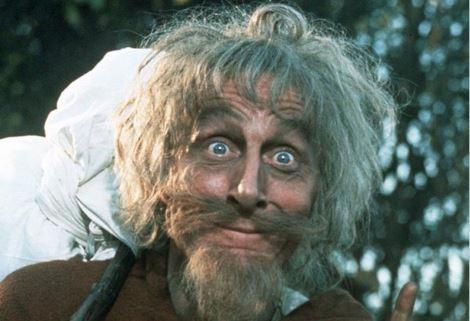
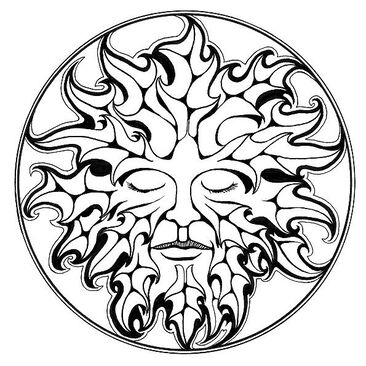
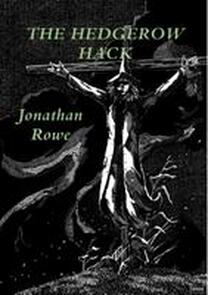
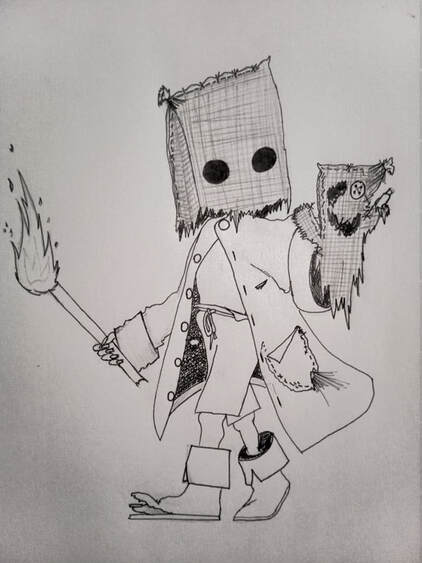


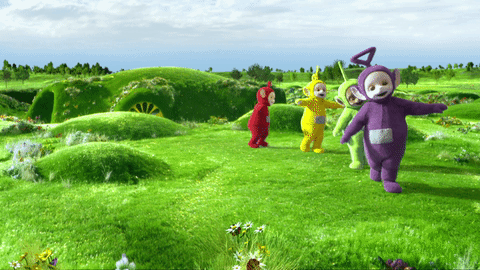

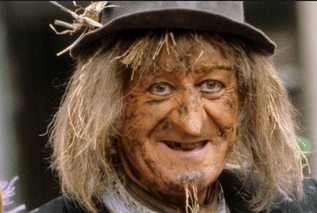
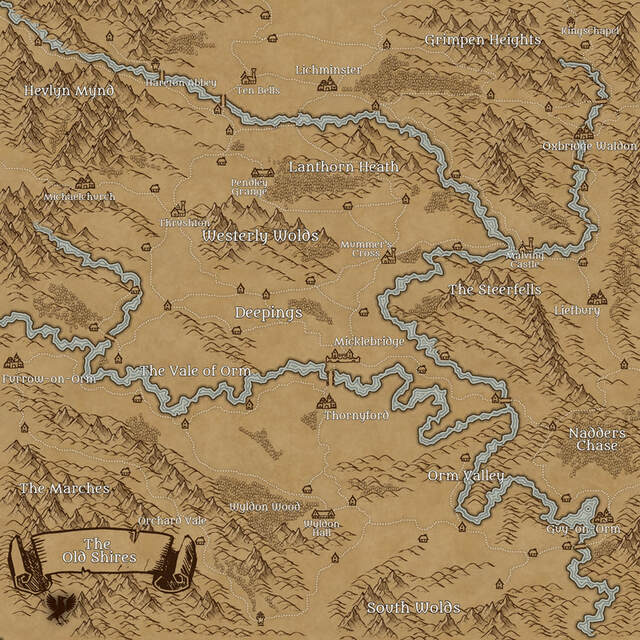
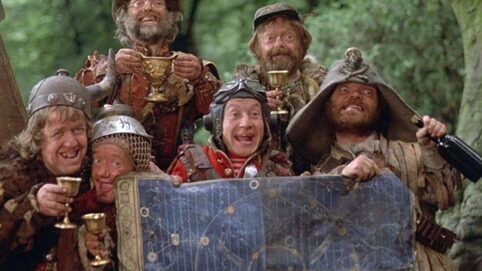
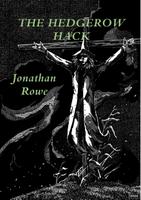

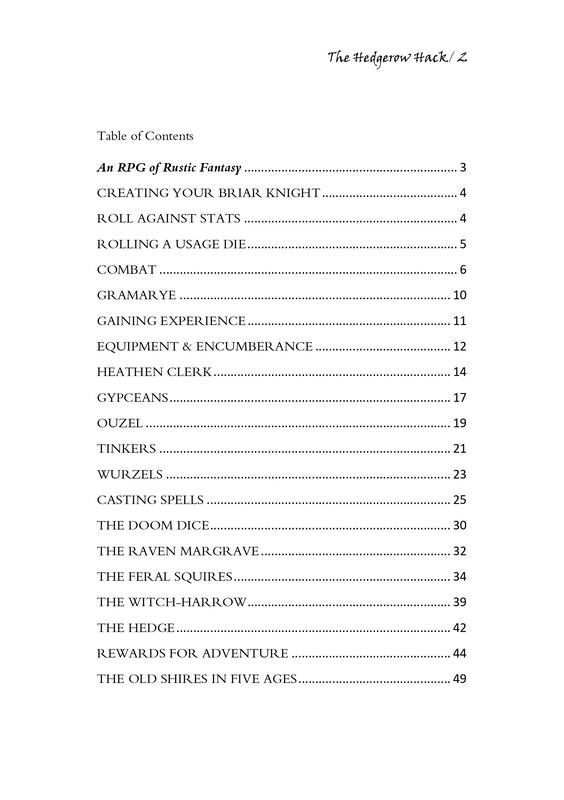
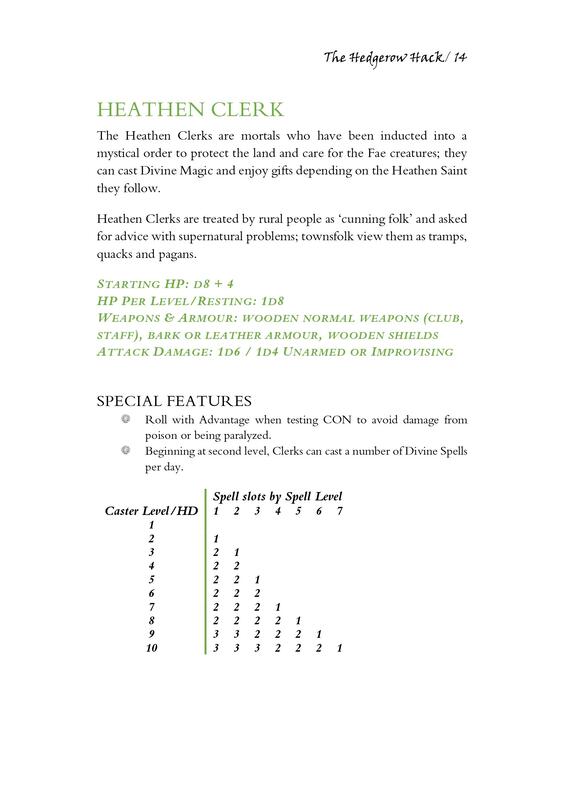
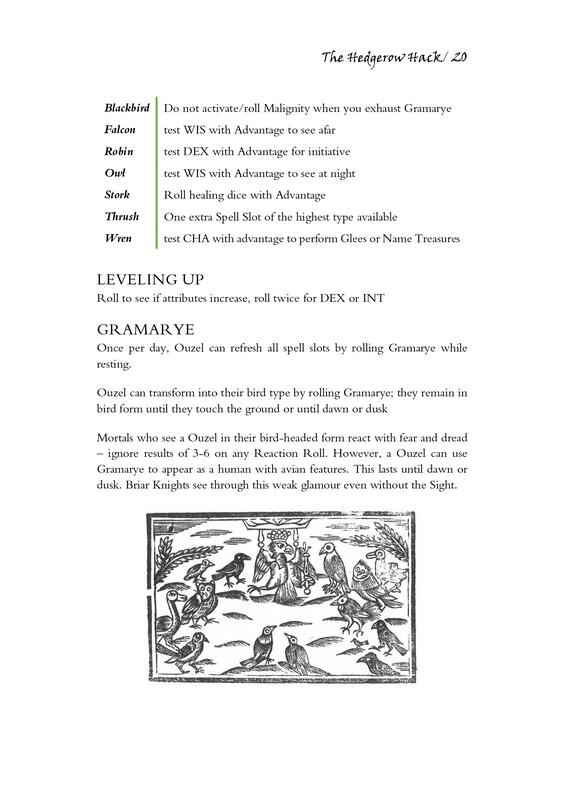
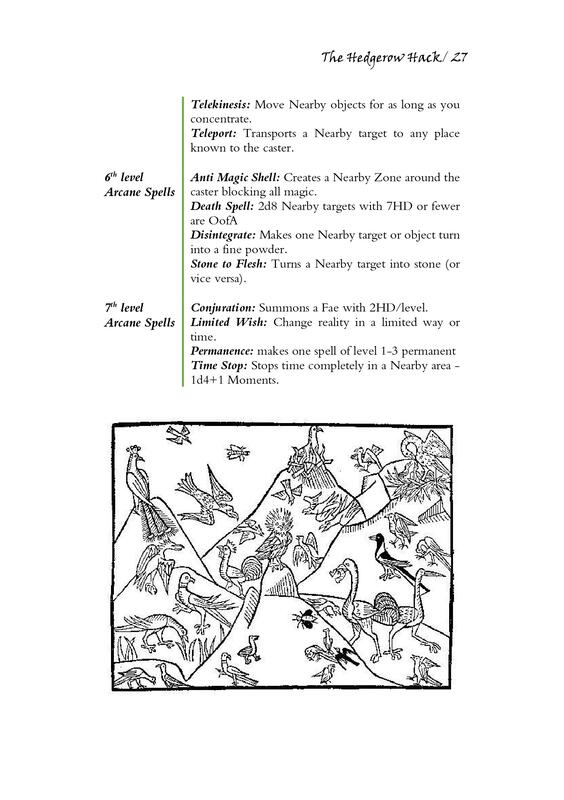
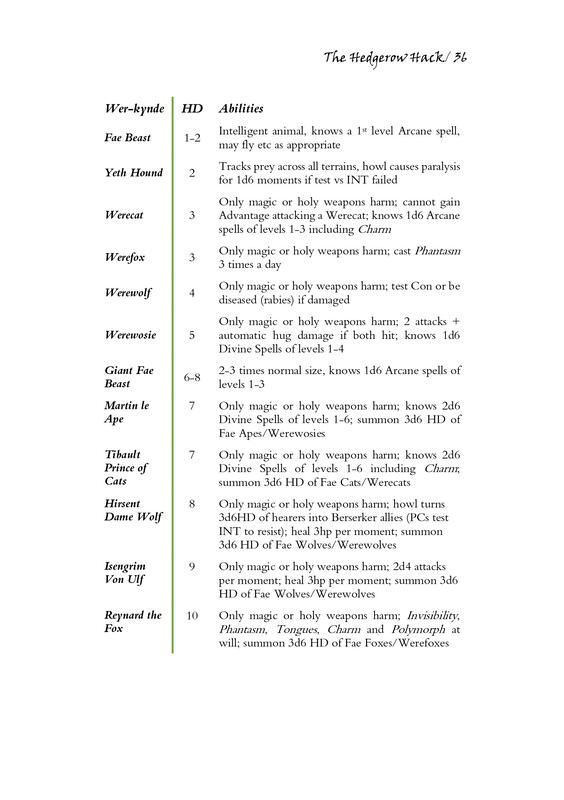
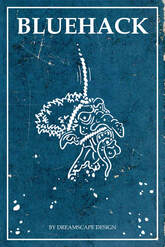
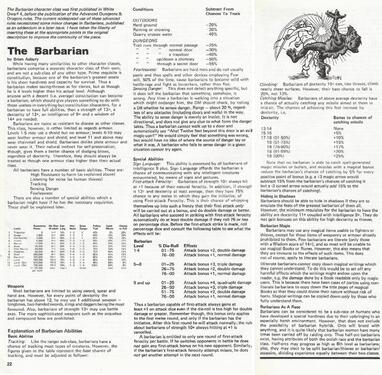
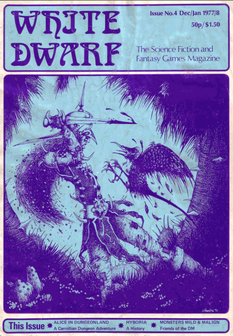
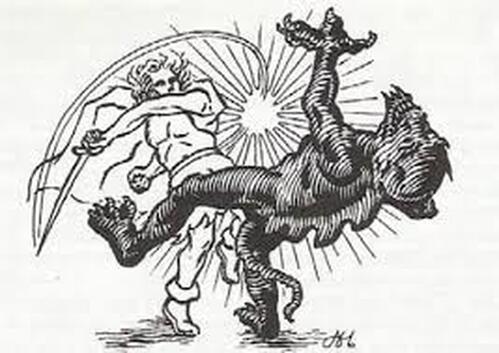
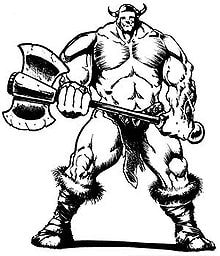
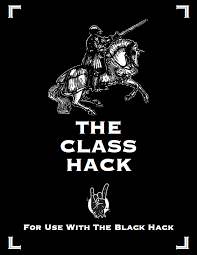
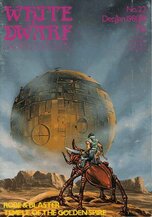
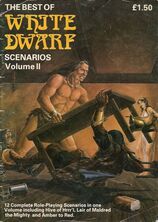
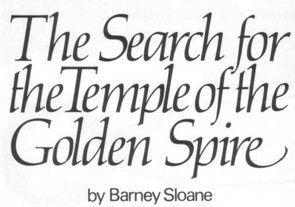
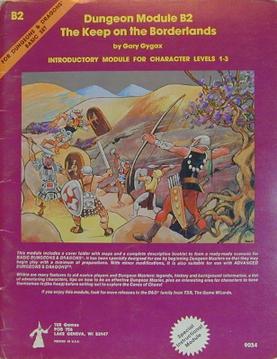
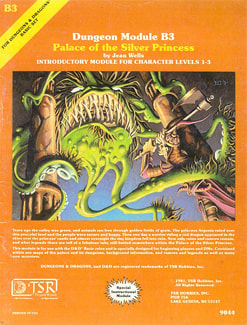
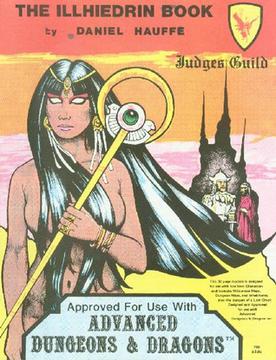
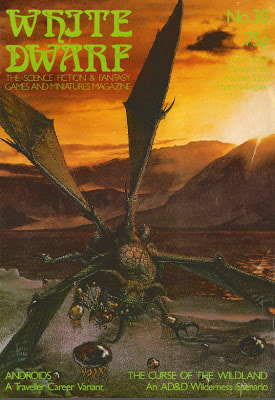
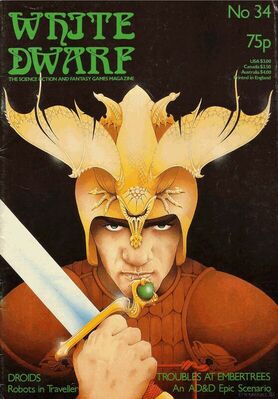
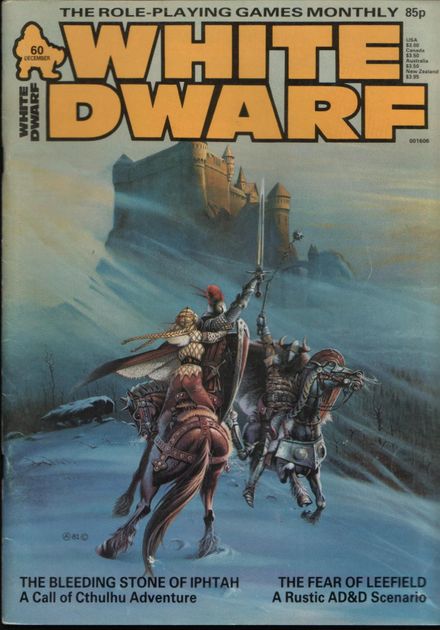
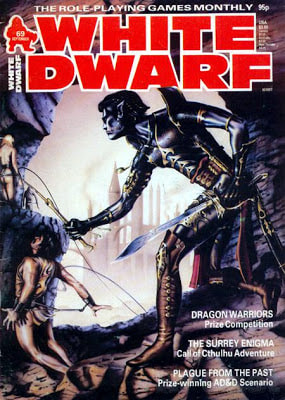
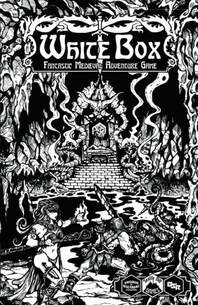
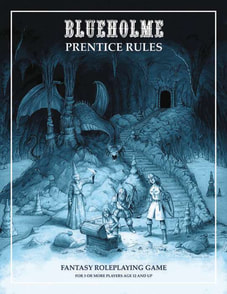
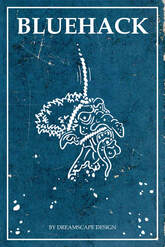

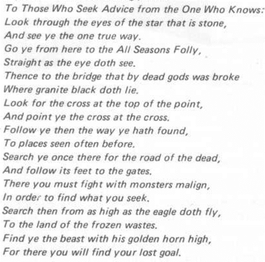
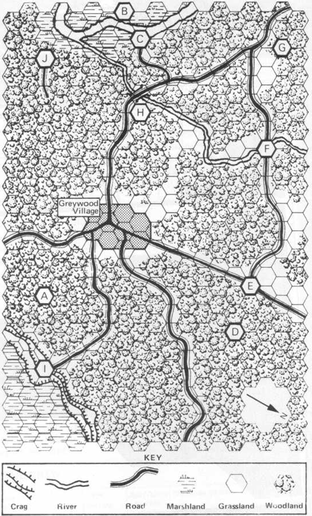
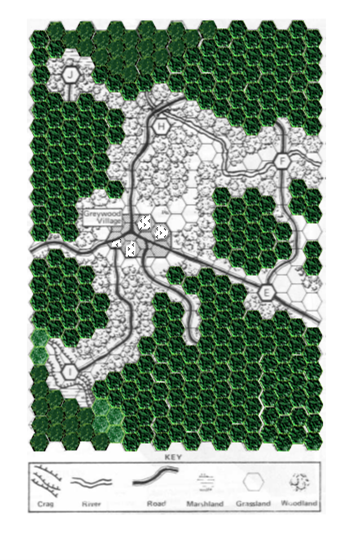
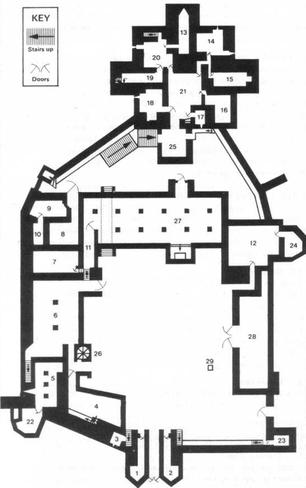
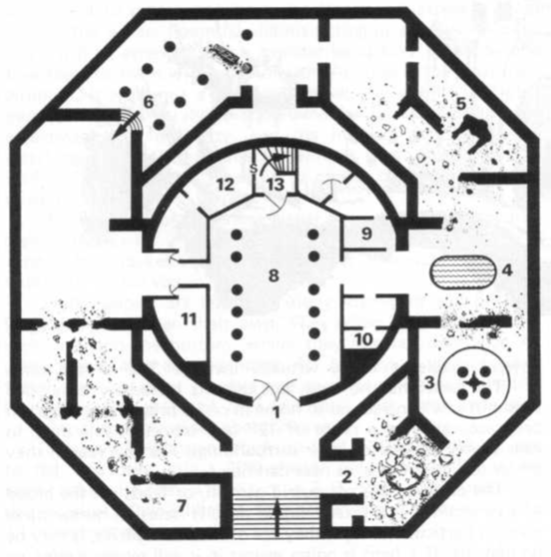
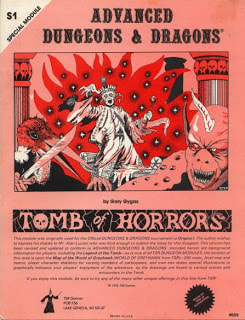
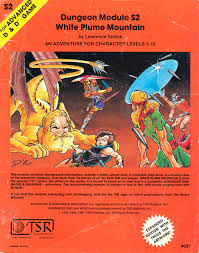
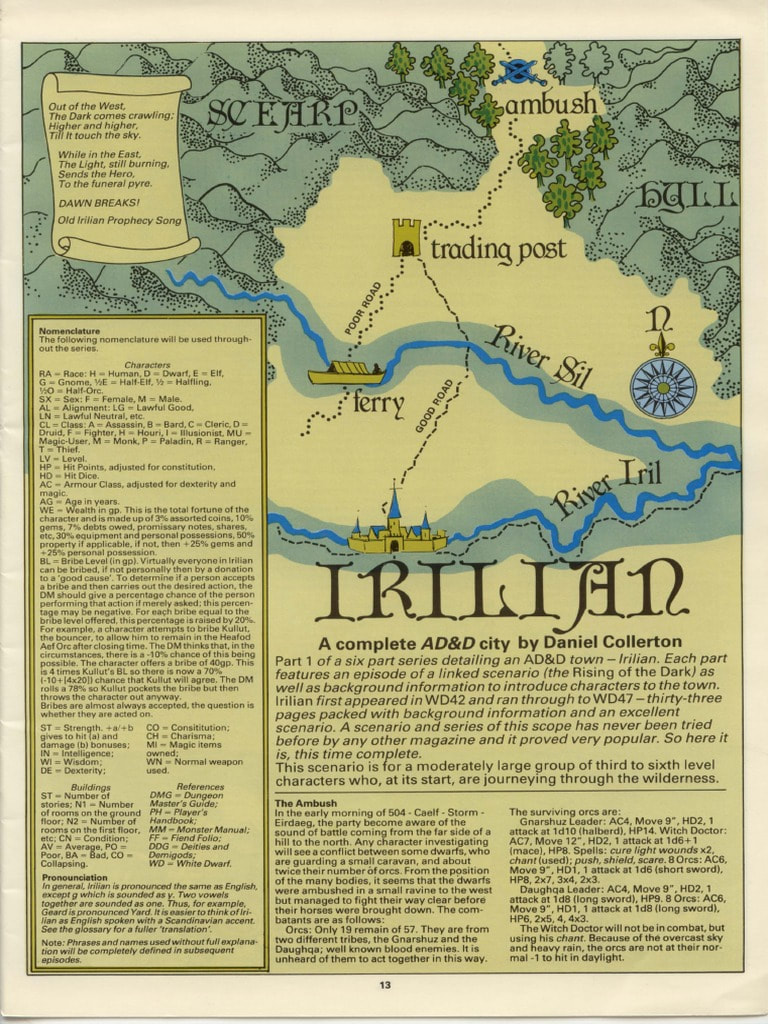
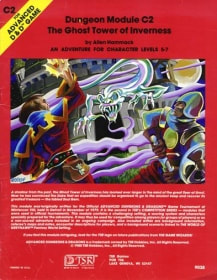
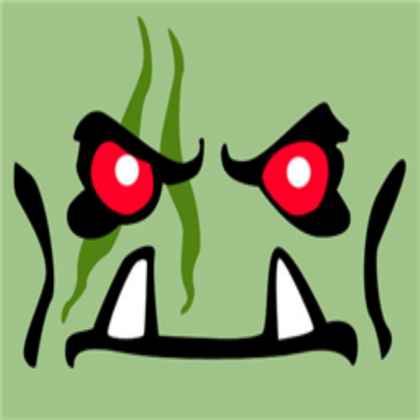
 RSS Feed
RSS Feed
